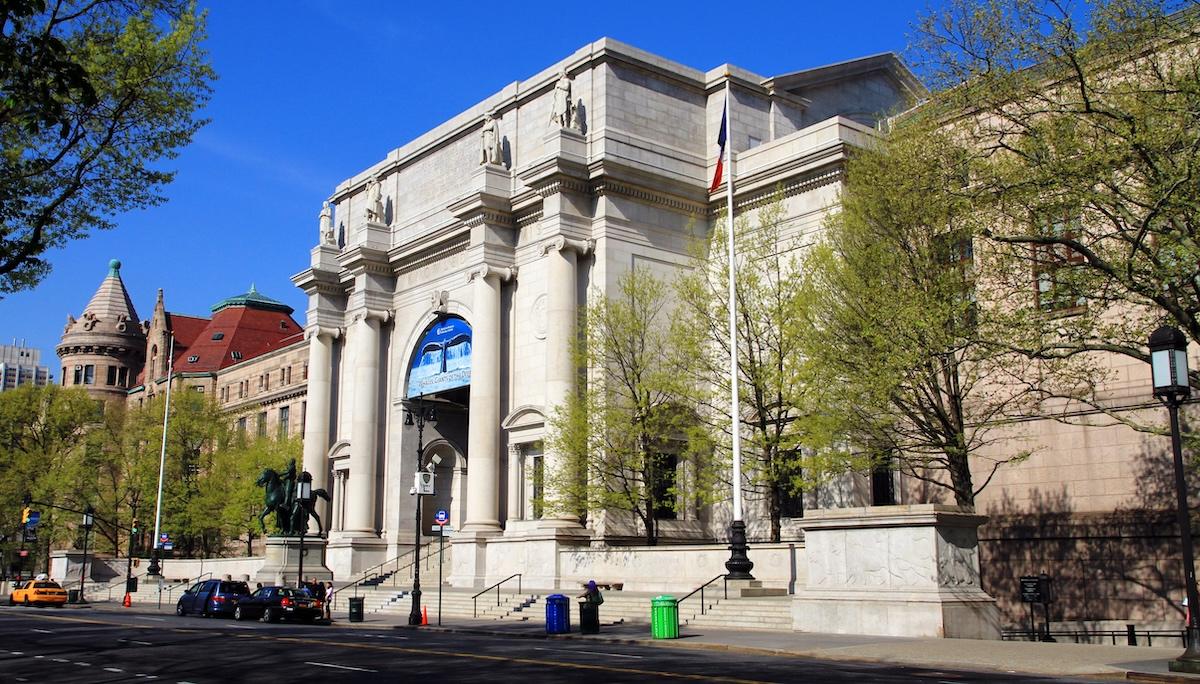
The facade of the American Museum of Natural History in New York City
The American Museum of Natural History in New York has announced that it will close two halls that display Native American artwork and objects. This decision comes after a ruling by the U.S. Secretary of the Interior that went into effect on January 12, which updates the repatriation processes and procedures for museums and cultural institutions. The ruling gives new instructions to museums for returning cultural objects to “lineal descendants,” “Indian Tribes,” and “Native Hawaiian organizations.”
These new regulations are part of the Native American Graves Protection and Repatriation Act (NAGPRA) of 1990. Since then, according to the Federal government’s website, they have been working to protect and return Native American human remains, funerary objects, sacred objects, and objects of cultural patrimony. Not only is the law meant to protect and return objects to their rightful owners, but it was created to promote a larger dialogue between Native tribes and museums and cultural organizations. NAGPRA, though it has been in effect since 1990, has long had critics who claim that the act “has not been as effective as they had hoped,” and others complaining that there was severe resistance from institutions.
In 2021, President Biden made an effort to speed up the repatriation by passing a reform initiative. He turned the department over to Deb Haaland, secretary of the Interior Department and the first Native American to hold a cabinet position. Haaland’s team is responsible for these new federal regulations, which officially gives institutions five years to return objects in their possession to tribes and Native Hawaiians.
“We’re finally being heard – and it’s not a fight, it’s a conversation, Myra Masiel-Zamora, an archaeologist and curator of the Pechanga Band of Indians, told The New York Times, who first reported the story.
The Museum of Natural History is not the first, nor the only, museum that has had to grapple with these decisions and deal with the fallout from them. Many have to decide the best course of action: do they risk being in violation of the law by displaying these objects, or do they take everything off view in an effort to be as careful as possible? Right before the new regulations went into effect on January 12, the Field Museum in Chicago decided to cover displays cases that featured objects that would be in violation of the regulations, stating they did so “pending consultation with the represented communities.”



























